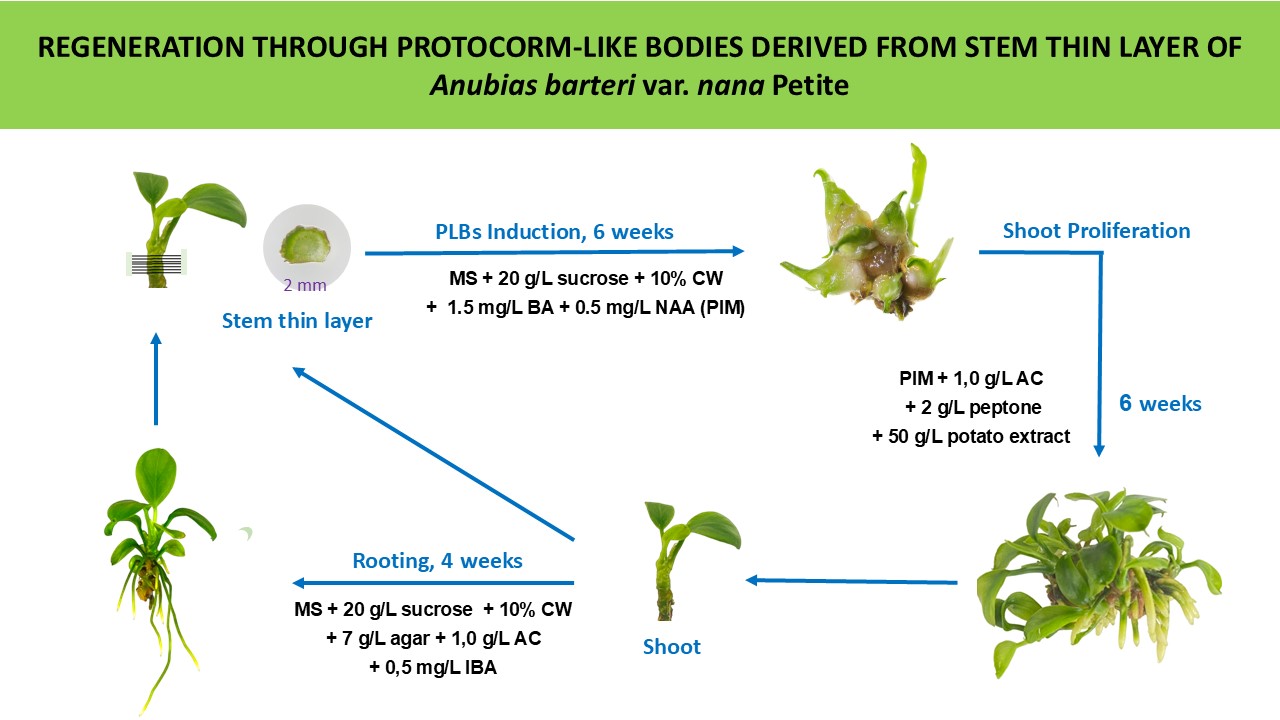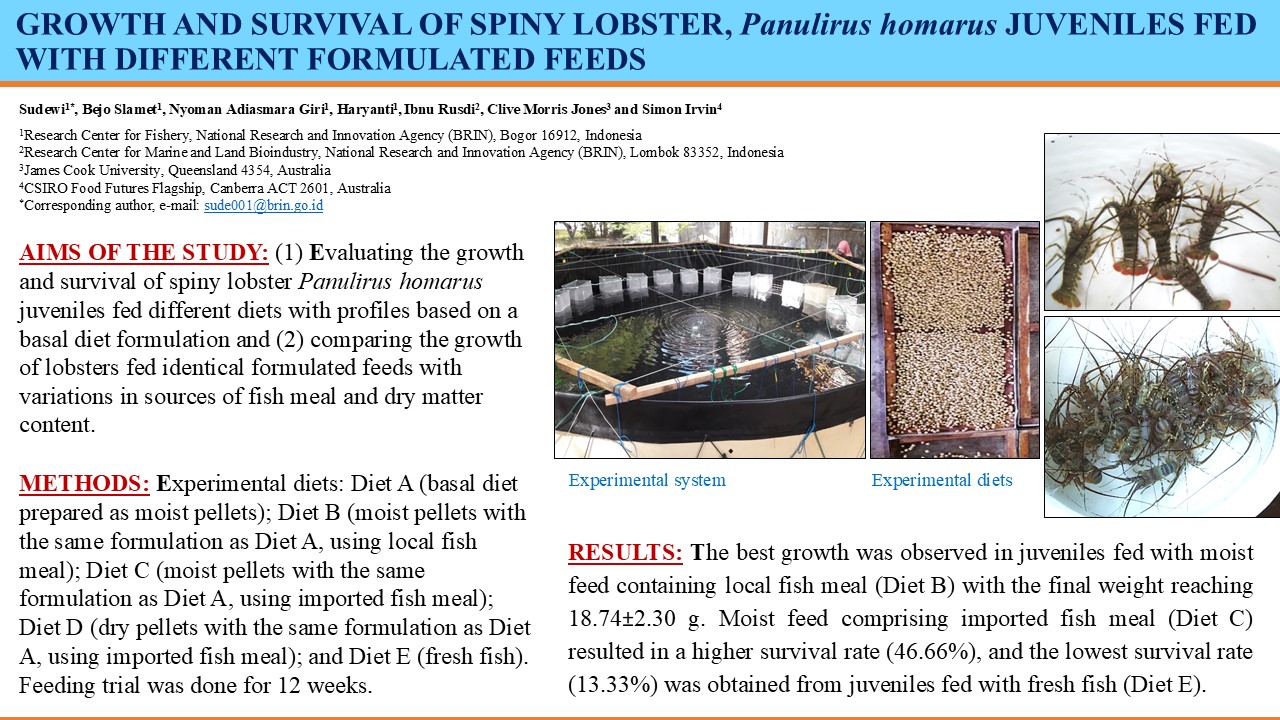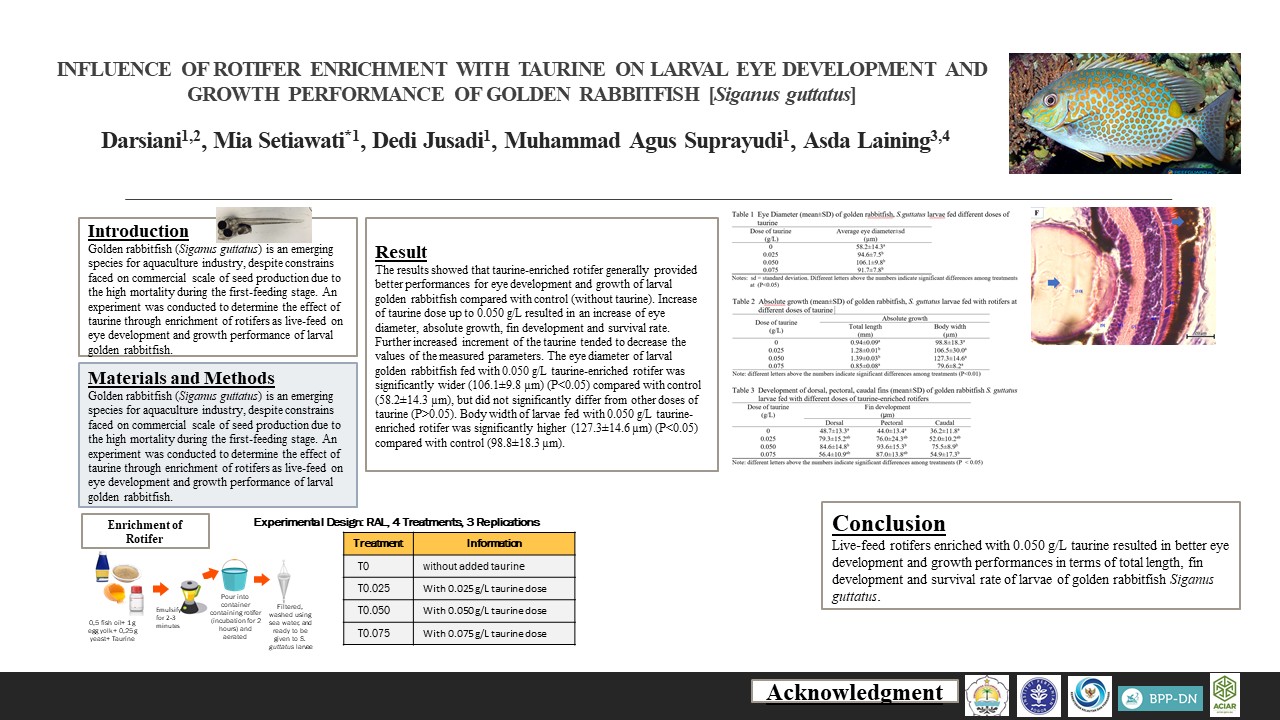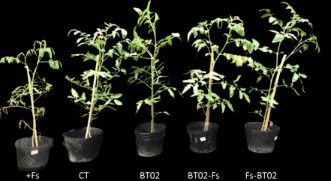SEA RANCHING OF Holothuria atra: STOCKING DENSITY AND TIME
Downloads
Strong market demand and uncontrolled exploitation and/or the inadequate management of fisheries have caused many stocks of sea cucumbers to be overexploited. One suggested effort to overcome this problem is sea ranching. Stocking density is the most important consideration in sea cucumber rearing; therefore, this present work is aimed at elucidating the best stocking density for sea ranching of Holothuria atra. H. atra was taken from the Panjang Island, Jepara waters and reared in bottom cages in Teluk Awur waters, Jepara with a density of 30, 20, or 10 individuals per cage measuring 2 m × 2 m × 1.8 m (with bottom area of 4 m2). Stocking times of H. atra were at the initial time of cage installation, the second and the third months after installation. Bottom sediment characteristics (i.e., chlorophyll a, b, phaeophytin, and total carotene) of the sea cucumber habitat and water quality in the cages were measured monthly during the study. The results showed that growth of H. atra fluctuated; low stocking density yielded a higher weight gain than high stocking density did. The highest weight gain was present in the density of 10 individuals/cage in the second stocking month. The highest survival rate of H. atra was seen in the condition of 30 individuals/cage (93%) at the third stocking month, which means that these sea cucumbers were only reared for three months. The highest mortality occurred at a density of 20 individuals/cage with the survival rate being low (45%) at the first stocking time or in the fifth month of rearing. There was fission evidence among H. atra reared in the cages, resulting in smaller organisms. Among the water quality parameters, the concentration of chlorophyll a, b, phaeophytin, and carotene in the sediment fluctuated according to the time of sea cucumber rearing caused by their feeding and bioturbation. The study results suggested to stock H. atra at low density during the second stocking month to get higher growth.
Downloads
Copyright (c) 2020 BIOTROPIA - The Southeast Asian Journal of Tropical Biology

This work is licensed under a Creative Commons Attribution-NonCommercial-NoDerivatives 4.0 International License.
Authors who publish with this journal agree with the following terms:
- Authors retain copyright and grant the journal right of first publication, with the work 1 year after publication simultaneously licensed under a Creative Commons attribution-noncommerical-noderivates 4.0 International License that allows others to share, copy and redistribute the work in any medium or format, but only where the use is for non-commercial purposes and an acknowledgement of the work's authorship and initial publication in this journal is mentioned.
- Authors are able to enter into separate, additional contractual arrangements for the non-exclusive distribution of the journal's published version of the work (e.g., post it to an institutional repository or publish it in a book), with an acknowledgement of its initial publication in this journal.
- Authors are permitted and encouraged to post their work online (e.g., in institutional repositories or on their website) prior to and during the submission process, as it can lead to productive exchanges, as well as earlier and greater citation of published work (See The Effect of Open Access).































